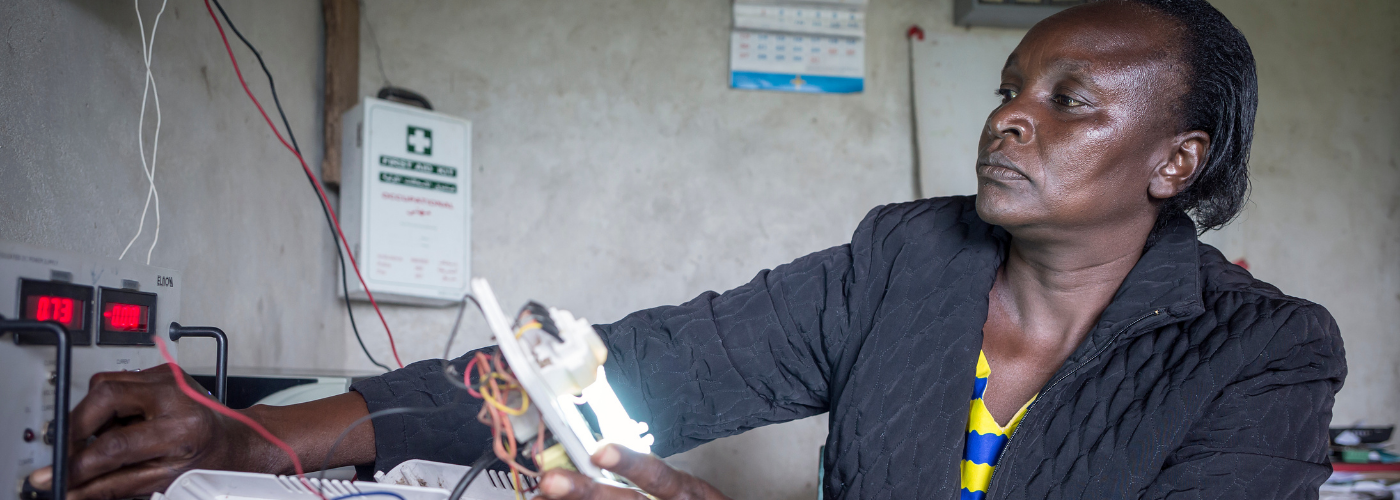A partnership among various donors supports eleven organizations in Kenya, Tanzania and Nepal to pilot their innovative idea. These pilots will all address persistent gender challenges in energy access, use, provision and transition.
Worldwide, 760 million people still lack access to electricity. Another 2.6 billion (ESMAP, Tracking SDG 7. The energy progress report 2021) still rely on polluting cooking fuels, jeopardizing their health. These figures are likely to have deteriorated further due to the COVID-19 pandemic. This lack of access to clean and affordable energy primarily affects women in poor and rural areas, who are more often than not household managers, primary caregivers and cooks. At the same time, women are in the unique position to scale energy solutions to last-mile and underserved areas because of their vast networks, and many of them already are business owners. Women should have a seat at the table in decision-making groups as their needs as energy users are different from men’s.
To bridge the gender gaps throughout the energy supply chain and in decision-making groups, ENERGIA, EnDev, Modern Energy Cooking Services (MECS), Hivos and the Swedish International Development Cooperation Agency (SIDA), launched the Gender and Energy Innovation Facility in July 2020. The facility aims at developing, testing and evaluating innovative approaches to address the persistent gender energy challenges.
“The continuing persistence of barriers for girls and women in the energy sector calls for innovative proposals to strengthen girls’ and women’s access to energy, boost women participation in STEM studies, foster women entrepreneurship, and scale-up access to safe and clean cooking fuels,” says Innovation Facility Manager Silvia Sartori. “As the COVID-19 pandemic has aggravated the progress towards SDG 5 and SDG 7 and brought the urgency of overcoming these barriers to our attention, we need more innovative approaches than ever before to identify and tap into the potential of resources so far unexplored. We are highly interested in the findings of these pilot initiatives.
The facility supports innovations that contribute to bridging the gap in three thematic areas:
- Gender and energy entrepreneurship and employment
Women should get equal opportunities to participate in and support the clean energy sector as entrepreneurs and employees. This includes getting equal access to funding and investment for their businesses. - Gender and energy in the care economy
Women are the principal family caregivers. Better energy access and suitable appliances can significantly save time and labour, essential health, sanitation and safety, and close the digital divide between men and women. Access to clean cooking is especially critical for health, the environment, and gender equality. - Gender in energy policy and practice
Women need to have a seat at the table when strategies and policies about energy transitions and economic recovery are planned and decided.
“The Gender and Energy Innovation Facility has taken a comprehensive and science-based approach to innovation in both choosing pilots and supporting them, and it shows!” says Tamara Puhovski, Impact House director and mentor and innovation specialist of the Facility. “The chosen projects are truly innovative in various fields from innovating products, processes to testing existing solution in new contexts to changing paradigms. All are contributing to not just moving forward in a faster and more inclusive way, but leading in a sustainably powered, equality women-powered world.”
After the first year, a selected number among the most promising pilots will receive additional support to scale up their initiative.


